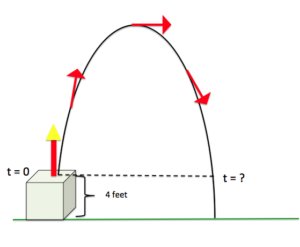- Construct and apply non-linear equations and formulas to solve real-world problems.
In many real-world situations, relationships between variables are not always straightforward or linear. Non-linear equations and formulas play a crucial role in accurately modeling and solving complex problems across various fields, including physics, engineering, economics, and environmental science.
Non-linear equations are essential tools in our mathematical toolkit for several reasons:
- Accurate Representation: Non-linear equations can capture the complexity of real-world phenomena more accurately than linear approximations. Many natural and man-made systems exhibit non-linear behavior, and using these equations allows us to model them faithfully.
- Diverse Applications: The applications of non-linear equations span numerous disciplines:
- Physics: Describing planetary motion
- Biology: Modeling population growth
- Economics: Analyzing market trends
- Environmental Science: Predicting climate patterns
- Problem-Solving Power: By constructing and applying non-linear equations, we can:
- Solve intricate problems
- Make predictions about complex system behavior
- Gain insights that might be impossible with simpler linear models
Quadratic Applications
Projectile motion happens when you throw a ball into the air and it comes back down because of gravity. A projectile will follow a curved path that behaves in a predictable way. This predictable motion has been studied for centuries, and in simple cases it’s height from the ground at a given time, [latex]t[/latex], can be modeled with a quadratic polynomial of the form [latex]\text{height} = at^2+bt+c[/latex]. Projectile motion is also called a parabolic trajectory because of the shape of the path of a projectile’s motion, as in the image of water in the fountain below.

Parabolic motion and it’s related equations allow us to launch satellites for telecommunications, and rockets for space exploration. Recently, police departments have even begun using projectiles with GPS to track fleeing suspects in vehicles, rather than pursuing them by high-speed chase.
- How long will it take the rocket to hit the ground?
- Use the formula for the height of the rocket in the previous example to find the time when the rocket is [latex]4[/latex] feet from hitting the ground on it’s way back down.
